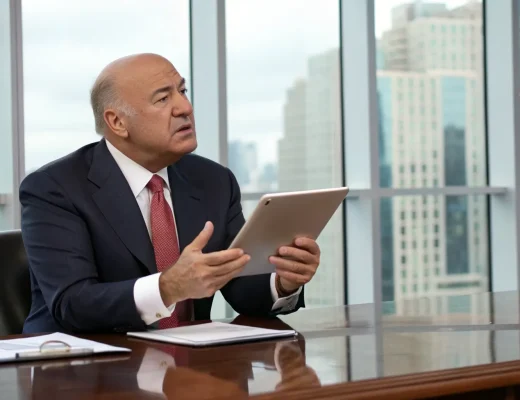President Donald Trump recently sent letters to leaders of 14 countries, including Japan, South Korea, Malaysia, Kazakhstan, and South Africa. The letters outlined new tariff rates on their goods,
set to come into effect on August 1. The new tariffs range from 25% to 40%.
However, global
stock markets showed a muted response to the news. Japan’s benchmark index rose 0.3%, while South Korea’s increased by 1.8%. European markets also closed higher, with the pan-European index up 0.33%.
Trump’s seemingly flexible stance on the new policies might be one reason for the calm market reaction. Speaking on Monday, the president described the August 1 deadline as “firm, but not 100% firm,” suggesting a willingness to negotiate.
Markets calm amid new Trump tariffs
In contrast,
Wall Street extended its losses, responding to Trump’s insistence on the August 1 start date without exceptions. AJ Bell Investment analyst Dan Coatsworth noted that financial markets are counting on Trump to potentially back down. Some key U.S. trading partners, including the European Union, India, and Taiwan, did not receive letters, indicating they might be close to preliminary deals with the U.S. An EU diplomat said that a letter from Trump to the EU might be forthcoming, allowing more time to negotiate a framework agreement.
Kiran Ganesh, a multi-asset strategist at UBS Global
Wealth Management, said the market is generally comfortable with tariffs settling close to the current effective rate of 15%. Toni Meadows, head of investment at London’s BRI Wealth Management, cautioned that while investors seem complacent, the long-term impact of reciprocal tariffs on the economy is still uncertain. In a related development, European Commission President Ursula von der Leyen had a “good exchange” with Trump over the weekend, bolstering optimism for a
trade deal.
This potential agreement, if reached, might see certain goods given exceptions to the new tariff rules. As August 1 approaches, global markets are taking a wait-and-see approach to Trump’s tariff policies. While the potential for flexible negotiations has calmed immediate fears, the long-term impact of these tariffs remains to be seen.







